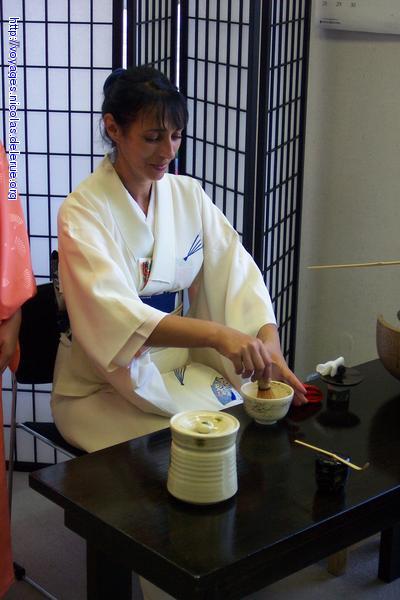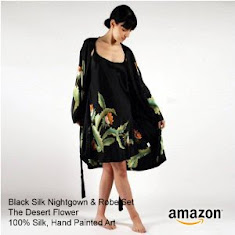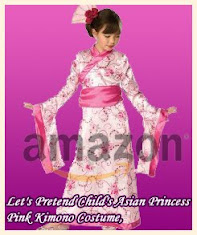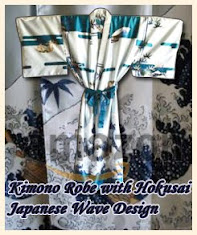The Japanese tea ceremony is a traditional ritual influenced by Zen Buddhism in which green tea known as matcha is prepared and ceremoniously served by a skilled practitioner to a small group of guests in a tranquil setting such as a garden tea house. Chanoyu which means “hot water for tea” refers to a single ceremony that involves only tea, while the longer version known as Chaji “tea meeting” entails a full tea ceremony in which a light meal is also served, and can last up to four hours. Mastering the art of the tea ceremony includes years of study that can last a lifetime, as the student must be familiar with several interrelated disciplines such as flower arranging, calligraphy, ceramics, incense, and the proper technique for wearing kimono. Guests who participate in the ritual must also be aware of the proper conduct in regard to utilizing certain phrases and gestures required to maintain the integrity of the ceremony.
If tea is to be served in a tea house guests will initially be shown to a waiting room called a machiai, which is usually a separate structure such as a simple gazebo. After being summoned by the host they purify themselves by rinsing their mouths and hands with water from a small stone basin known as tsukubai, and then continue through the garden to the tea house. Removing their shoes they proceed through a small sliding door that is only thirty six inches high, thus symbolizing that all who enter are equal in stature irrespective of status or social position. The roomis not decorated save for a scroll painting called kakemono, which has been selected by the host and reveals the theme of the ceremony. The Buddhist scripture on the scroll is called bokuseki (ink traces) and is admired by each guest in turn before being seated seiza style on the tatami mat floor.
If a meal is not served the host will present each guest with small sweets eaten from special paper known as kaishi, which each person carries in a decorative wallet tucked in the breast of the kimono. All utensils to be used in the ceremony such as tea bowl, tea scoop, and whisk, are ritualistically cleansed in the presence of the guests in a precise manner and order before being fastidiously arranged according to the ceremony being performed. Upon completion of cleaning and preparing the utensils, the host will place a carefully measured proportion of green tea powder in a bowl along with the appropriate amount of hot water, and then whisk the tea using a precise set of movements. Guests relax and enjoy the atmosphere of the simple surroundings and conversation is kept to a minimum. The host then serves the bowl to the guest of honor, bows are exchanged, and the bowl is raised to the host in a gesture of respect. The bowl in then rotated by the guest to avoid drinking from it's front, a sip is taken followed by a prescribed phrase, the bowl's rim is wiped and rotated back to its original position, and is then passed on to the next guest with a bow. The protocol is repeated until all guests have tasted the tea from the same bowl, and it is then returned to the host who rinses it. The scoop and tea container are then offered to the guests for examination, each item being treated with extreme care and reverence as they may be irreplaceable handmade antiques passed down for generations. The host then collects the utensils, and as the guests leave the tea house bows as a sign that the ceremony has officially come to an end.
02.44 |
Category: |
0
komentar

.jpg)




.jpg)
.jpg)
.jpg)
.jpg)
.jpg)
.jpg)
.jpg)
.jpg)


Comments (0)